What are foley sounds and why should you use them?
Foley sounds are used to improve the sound of a movie, TV show, or other video content. Learn how they work & how you can find the best examples.
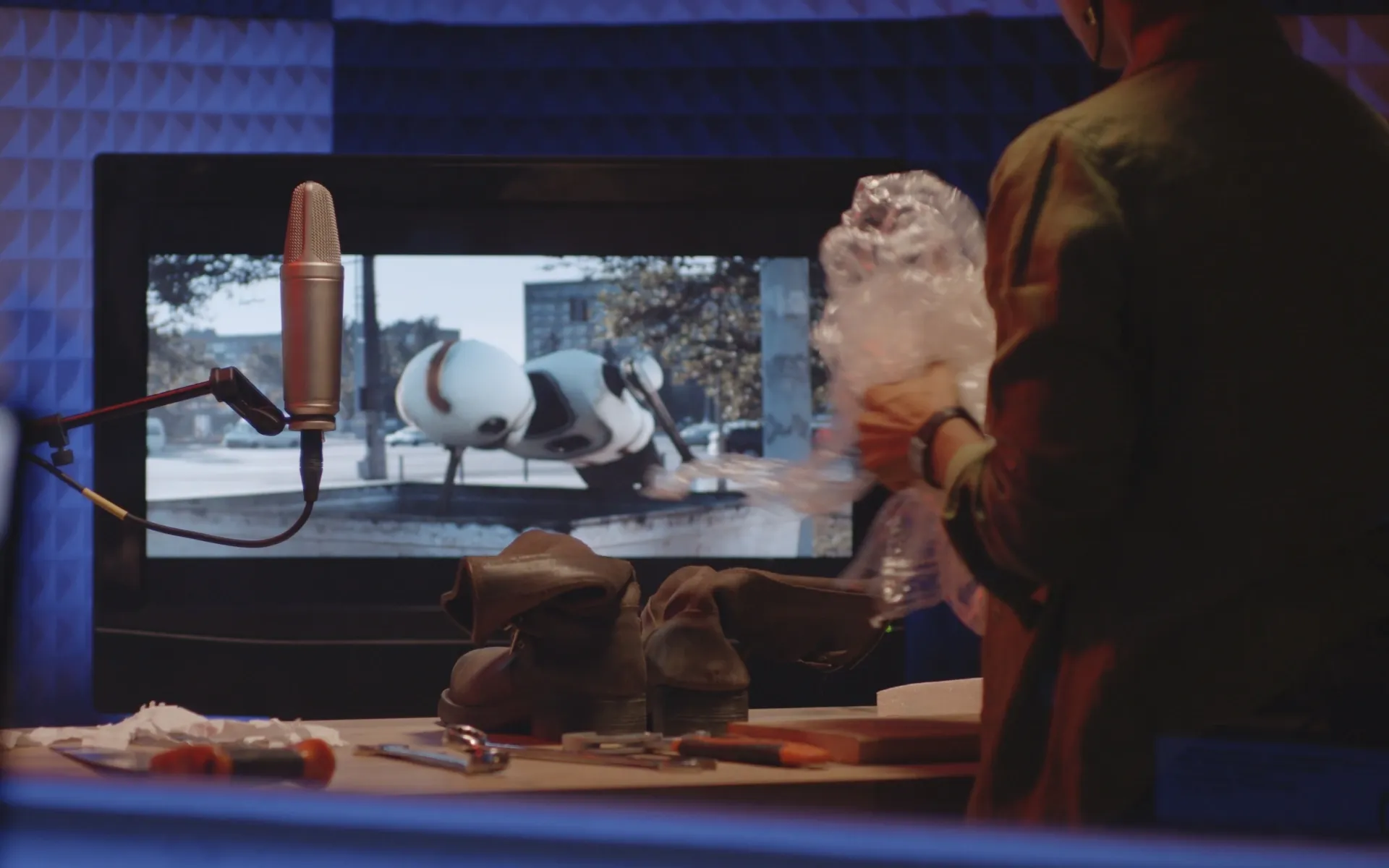
Foley sounds are a key component of content creation and sound design. But just what are foley sounds, where can you find them, and can you make your own?
We'll cover all of that and more today. Here's the rundown:
- What are foley sounds?
- When did people start using foley sounds?
- Which sounds are considered 'foley'?
- How are foley sounds made?
- Why do people use foley sounds?
- What are the three main categories of foley sound?
- How do you find the best foley sound effects?
What are foley sounds?
Let's say you're watching a movie. The couple finally get together and kiss, the hero leaps out of the car as it explodes, the spaceship zooms into warp speed — these sound effects aren't captured in-situ. Rather, they're overdubbed in post-production.
You can find foley sounds everywhere, from movies to video games, TV shows to trending TikTok content. The sound of a stack of papers hitting a desk or a juicy apple being crunched — more often than not, that specific sound was commissioned, recorded, mixed, mastered, and synced to the very millisecond.
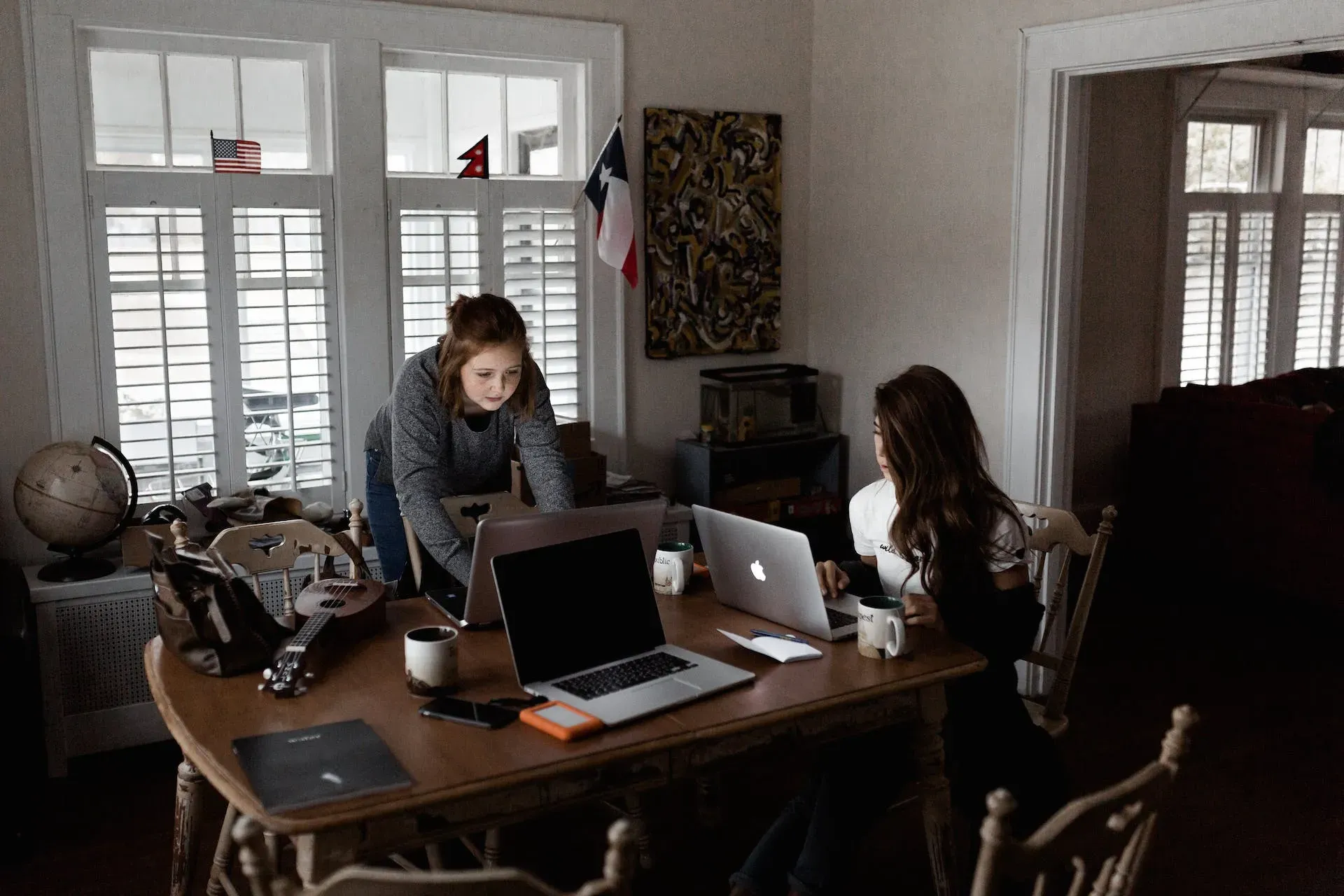
When did people start using foley sounds?
The term 'foley sounds' was coined in the 1920s, named after their developer, Jack Foley. If you don't recognize his name, you'll have seen his work — he recorded sound effects for Tod Browning's classic 1931 adaptation of Dracula, and Stanley Kubrick's 1960 masterpiece Spartacus.
Foley's work meant that the film industry didn't have to rely on low-quality or unrealistic sound effects. In fact, some of his effects improved upon real life. When Kubrick was left unimpressed with how the marching Roman army sounded in Spartacus, Foley recorded his own march. He didn't suit up in armor and run down a hill — he jangled his keys in front of a microphone. This simple, inventive workaround saved Kubrick and his team days of reshoots.
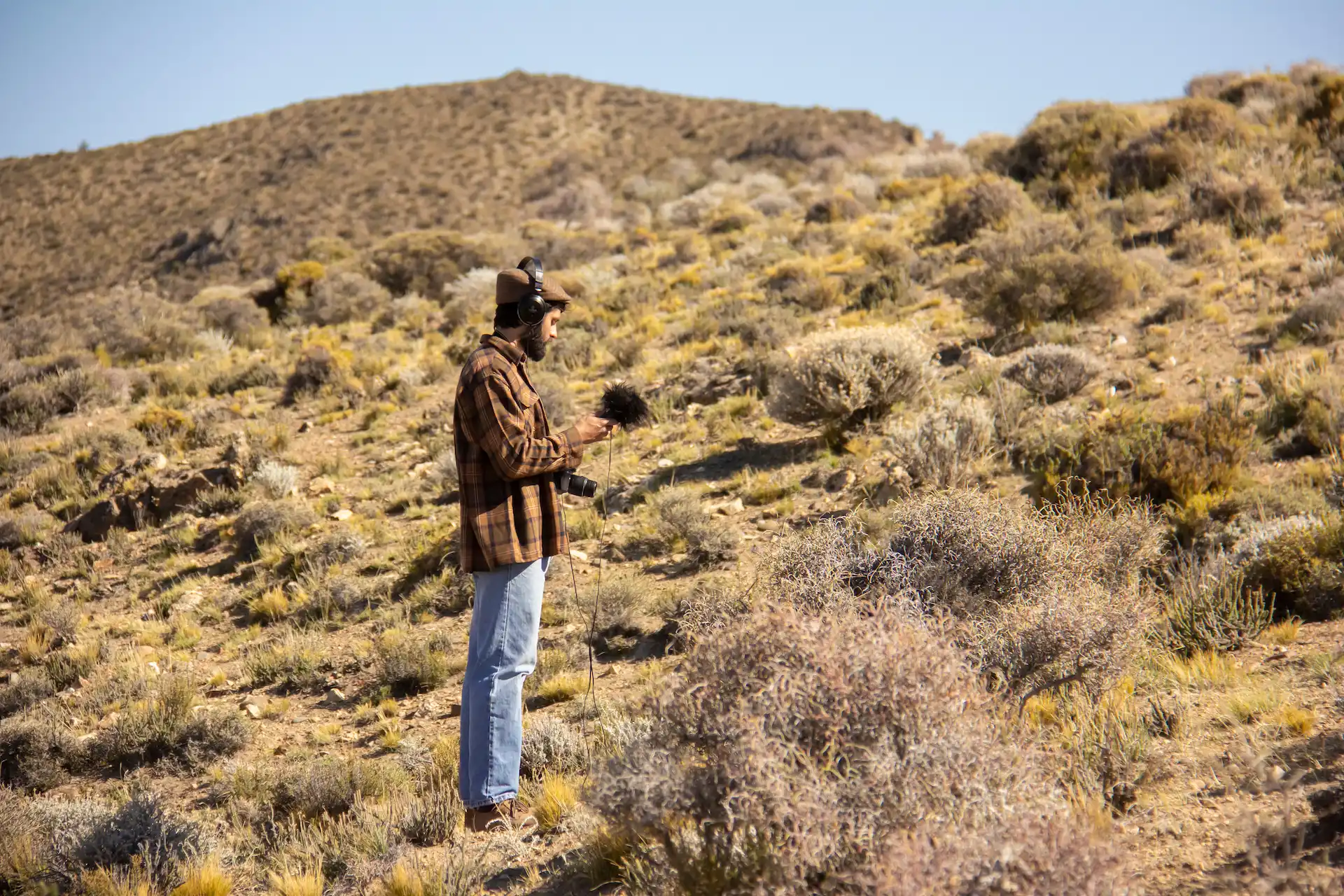
Which sounds are considered 'foley'?
Traditionally, foley sounds only referred to custom, diegetic-style sound effects recorded for a specific moment. Even today, large productions will have dedicated foley departments. However, given the high quality and accessibility of sound effects nowadays, the term 'foley' is often used to describe sounds taken from a catalog, edited, and mixed into content.
How are foley sounds made?
Foley sounds are usually recorded in a controlled environment — often a professional studio, but sometimes in the field — and laid onto the final project timeline.
Most foley sounds aren't like-for-like replications, sprouting from trial-and-error experiments conducted by teams of professional foley artists. The sound of falling rain is often mimicked with sizzling bacon, and the crunch of breaking bones with celery. Tasty.
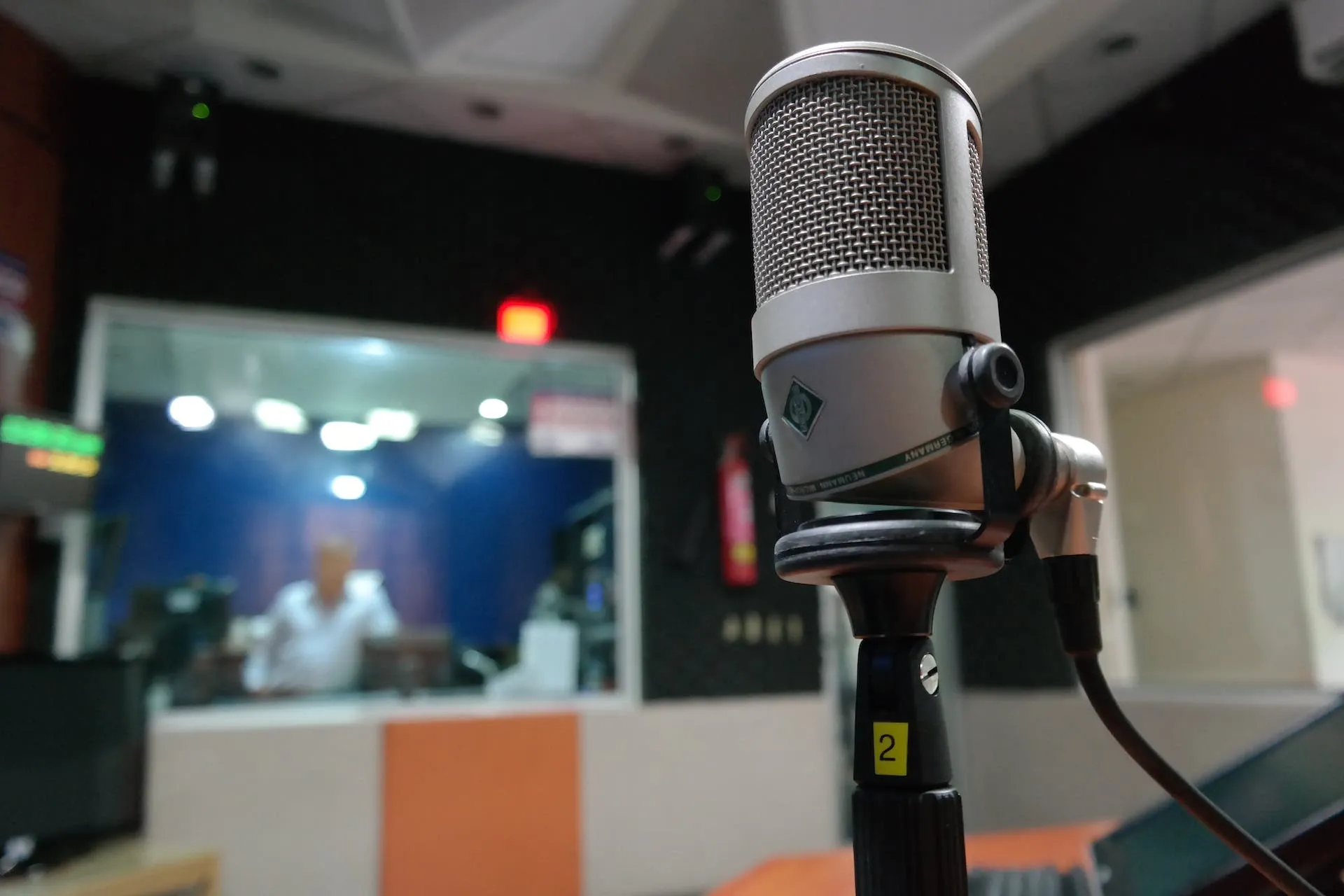
Historically, foley artists had to record in one take. That was a massive undertaking — we get stressed enough trying to lip-sync on TikTok, let alone dubbing over a movie without making any mistakes. Today, though, foley artists will watch the content beforehand, make notes, gather the materials they need, then head back to the studio to record.
Why do people use foley sounds?
Sure, foley sounds helped out back in the day — microphones weren't what they are now, and it was easy for certain aspects of a film's audio to get lost in translation. Sounds picked up directly from the set, known as field recordings, could be unreliable and unwieldy to mix.
But in modern-day filmmaking? Why would anyone use foley sounds when you can record HD-quality video on the lil' device sitting in your pocket?
Put plainly, foley sounds can give your production a sheen and realism that straight-to-mic recordings might miss. The most successful foley jobs blend the effects seamlessly into your work: covering up aural blemishes, smoothing over dead air, adding background noises to enhance the on-screen action. You don't even register that the sounds have been 'added' to the content — great foley is immersive.
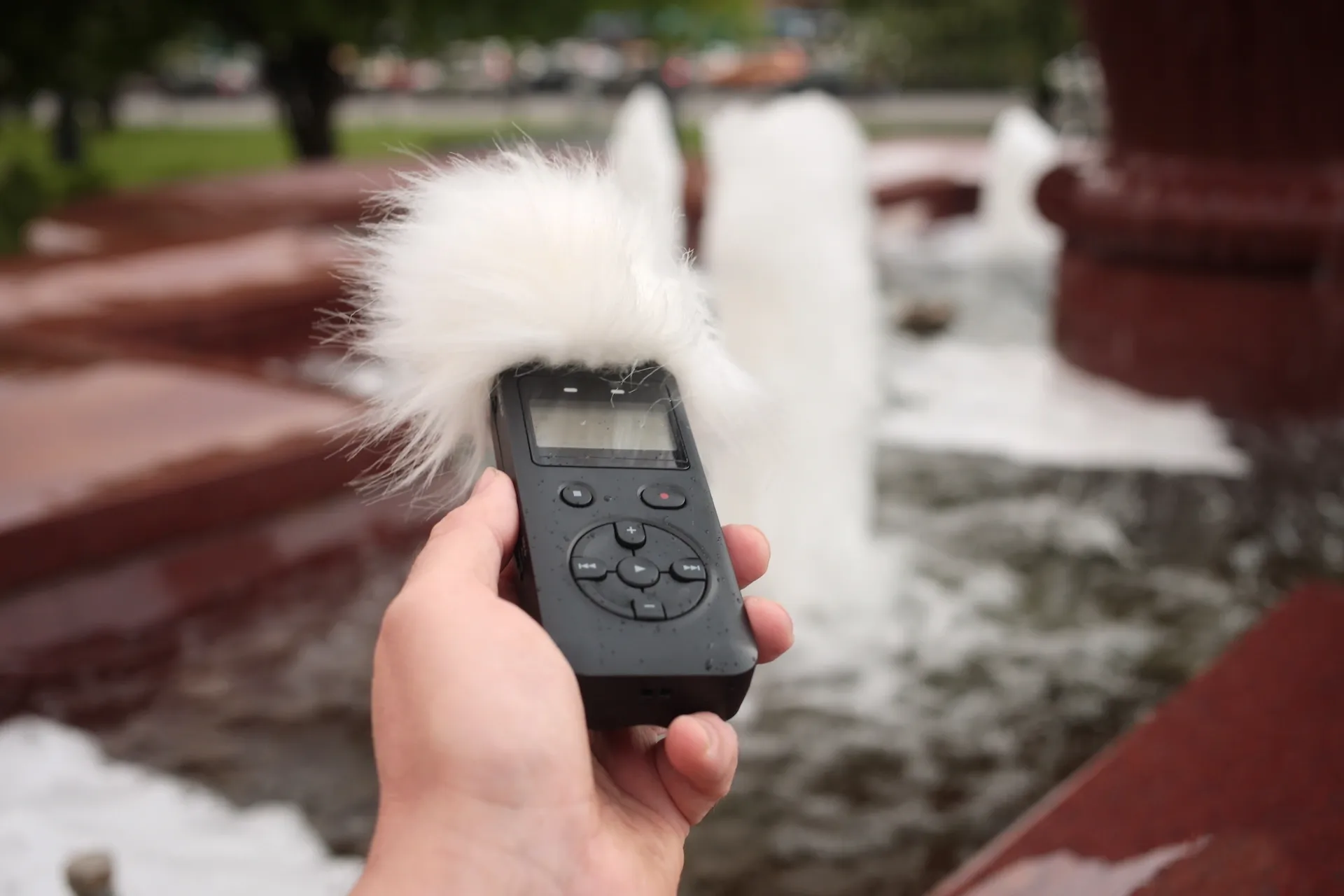
What are the three main categories of foley sound?
If you want to drill down into the details, there are three main categories of foley sound effects: walking, props, and cloth. Let's take a look at each below.
Walking
Walking foley effects do what they say on the can: they're footsteps. Most scenes involving people will include footsteps of some sort, and if you're going foley, they have to be just right. Foley artists will recreate and interpret footsteps down to the exact shoe model, shoe size, and surface — if your subject's walking on asphalt but it sounds like a bouncy house, something's gone wrong.
Props
Every prop that interacts with something will have a corresponding sound. Even a ceramic cup will sound different depending on what you do with it — the 'ching!' it makes when it sits on a wooden coaster will differ from setting it on a metal workbench.
The amount of sound effects in this area is huge, and foley artists will often find unconventional workarounds for prop sounds — it's all about trying different things and squeezing new sounds out.

Cloth
Cloth foley sound effects refer to the sway and movement of fabrics within content. It's super subtle, and while one might think it doesn't matter, good cloth foley can make the difference between a realistic or unconvincing final cut. The swishing of a dress or the rustling of shirtsleeves against skin — it's these tiny details that add to your sonic world and make it seem more than the sum of its parts.
How do you find the best foley sound effects?
To record bespoke, traditional foley effects, you'll have to employ a dedicated foley team. These folks are experts — they know their stuff, but can be expensive and hard to find. However, as we mentioned earlier, the term 'foley sounds' has somewhat loosened in recent years.
Epidemic Sound's catalog of more than 90,000 sound effects is recorded foley-style, giving you a staggering range for all occasions without skimping on quality.
Need a whoosh? We have literally hundreds.

Footsteps? Same goes.
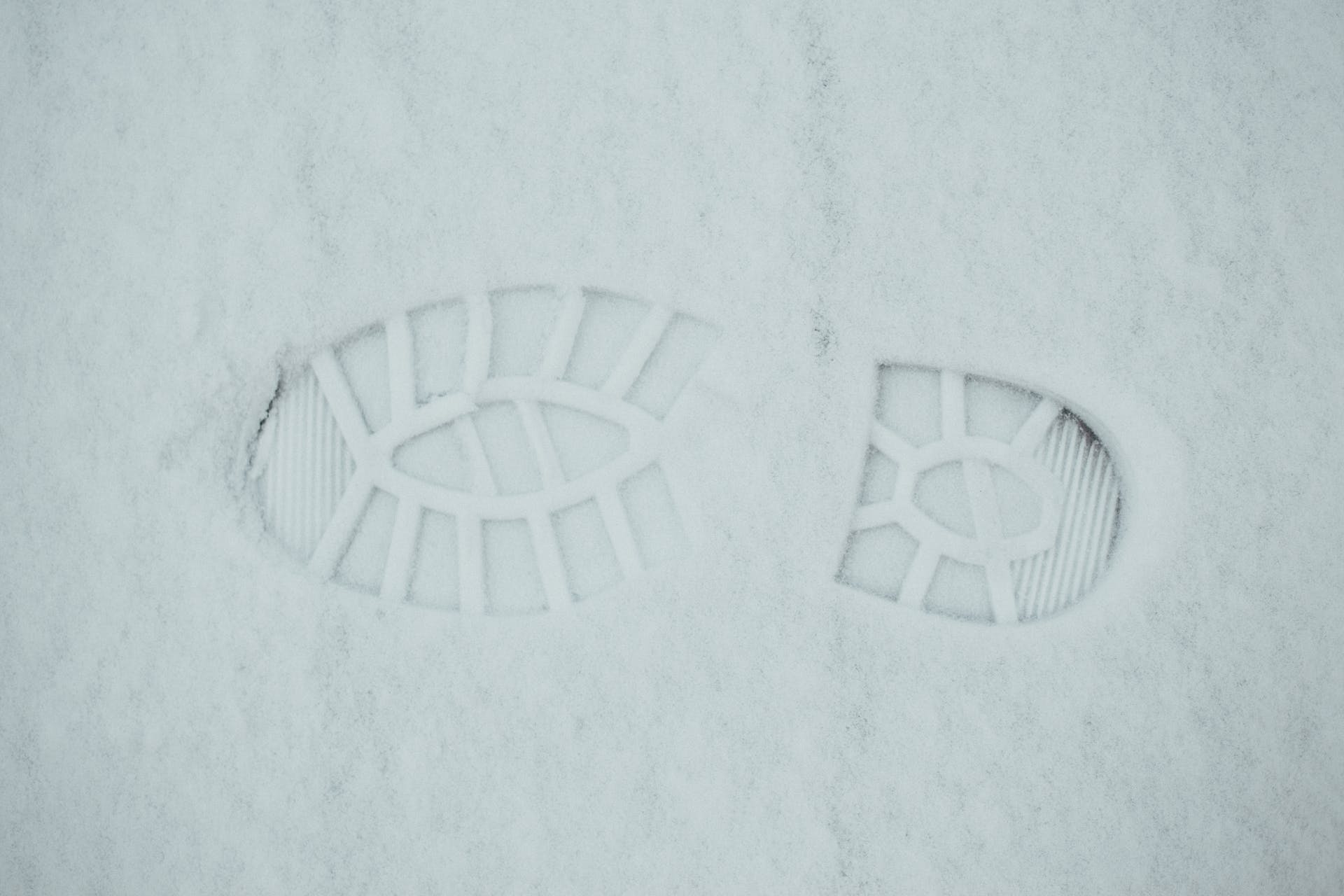
Animals? We've got enough to start a sanctuary.

Don't settle for second-best. Check out our catalog below and nail foley sounds today.


